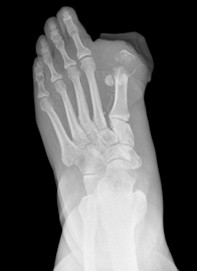Game changers in type 2 diabetes: amputations
The statistics on the frequency of lower limb amputations in people with diabetes and the outcome for individuals who have had an amputation are scary. Twelve leg amputations occur in Australia every day, an estimated 4200 Australians lose part of their leg every year, and half of these amputations are above the knee or between the knee and the ankle (see the box on this page). Major (above-knee or below-knee, but above the ankle) and minor (below-ankle) amputations both confer a risk of further amputation to the same or other leg and a mortality risk worse than that of many cancers. Individuals who have had an amputation face a new disability, new difficulties in working, relating to their community and living with their family, and new uncertainty about their future. Their GPs face the major challenge of managing these issues and of trying to prevent another diabetes disaster.

